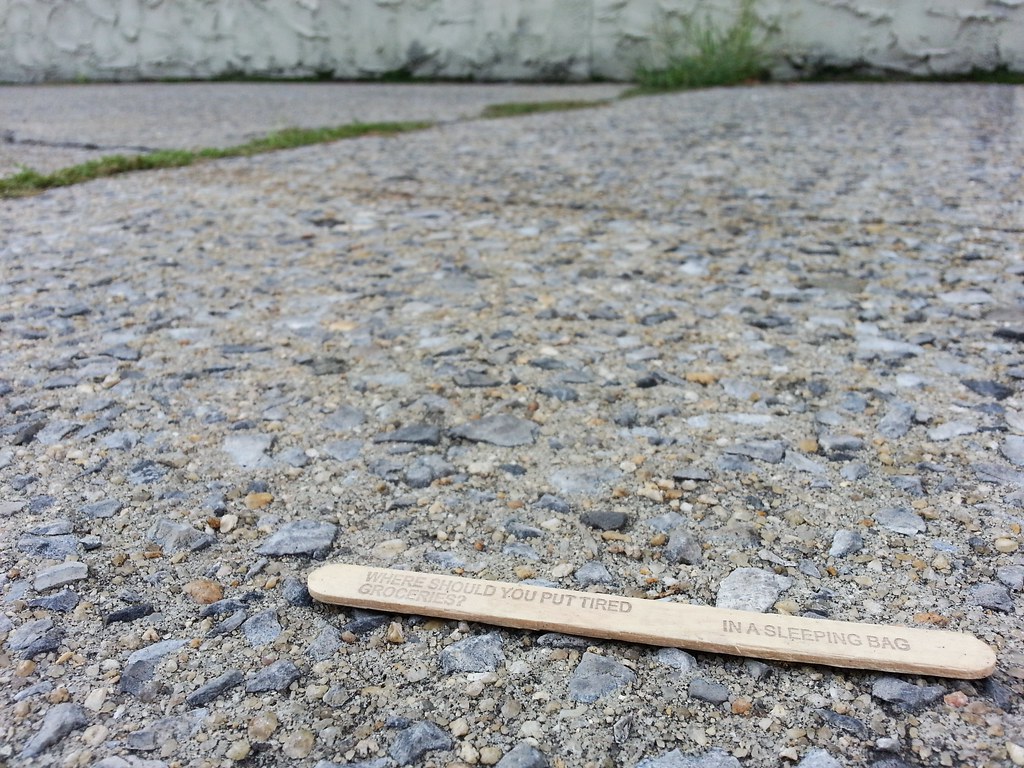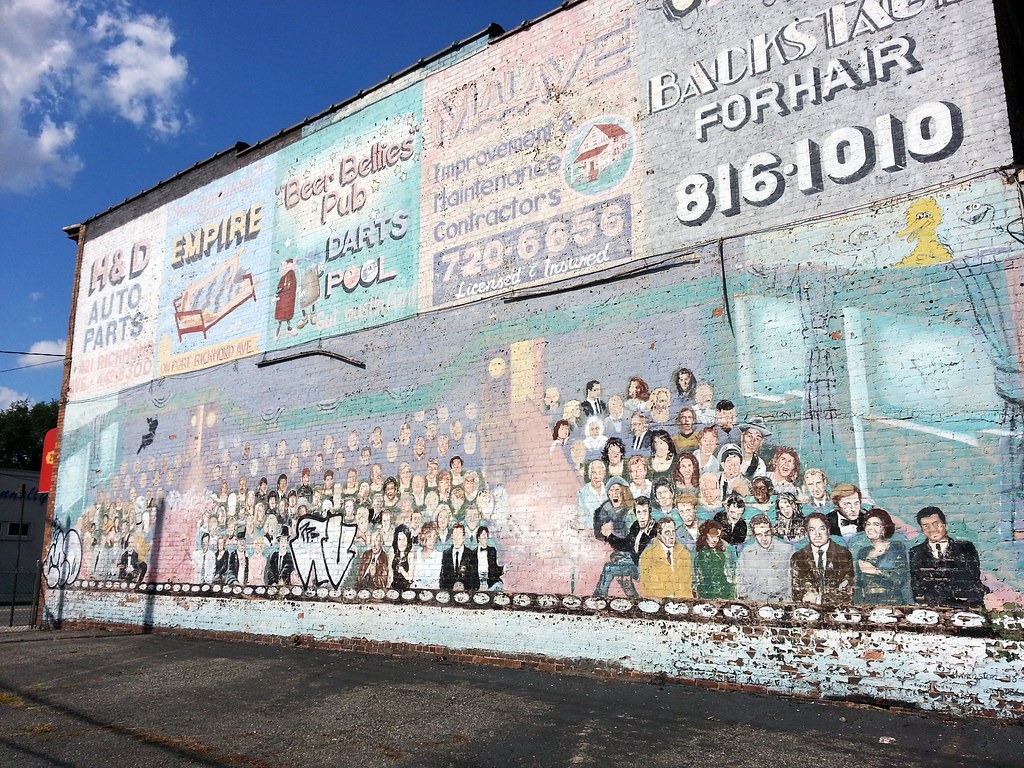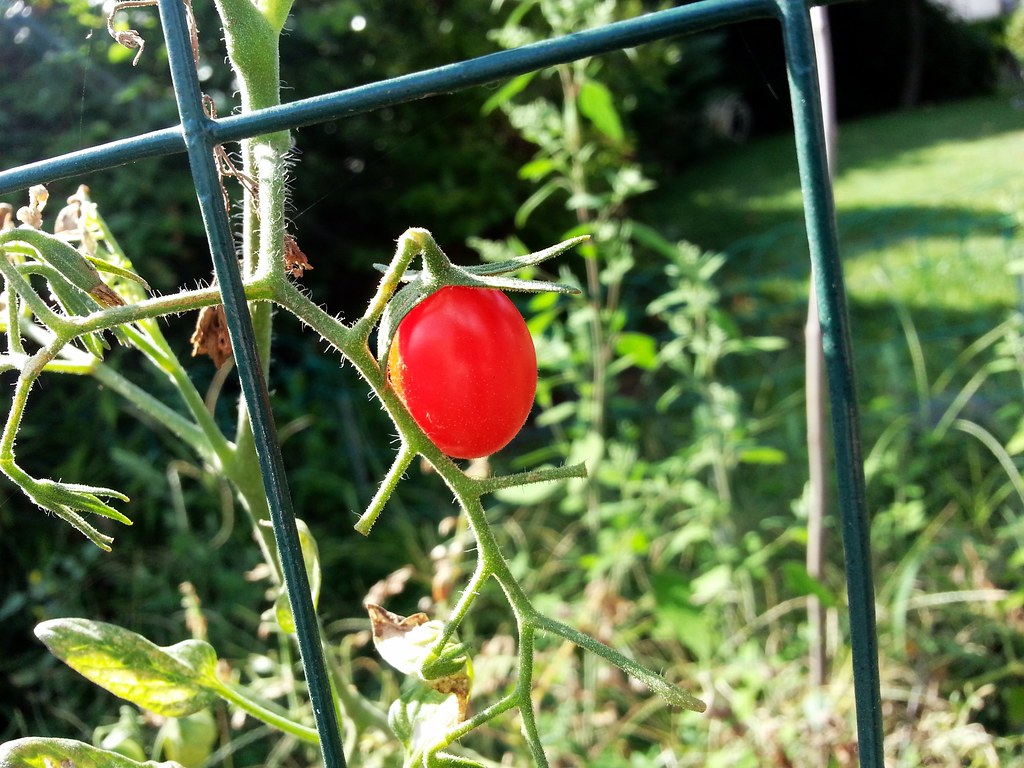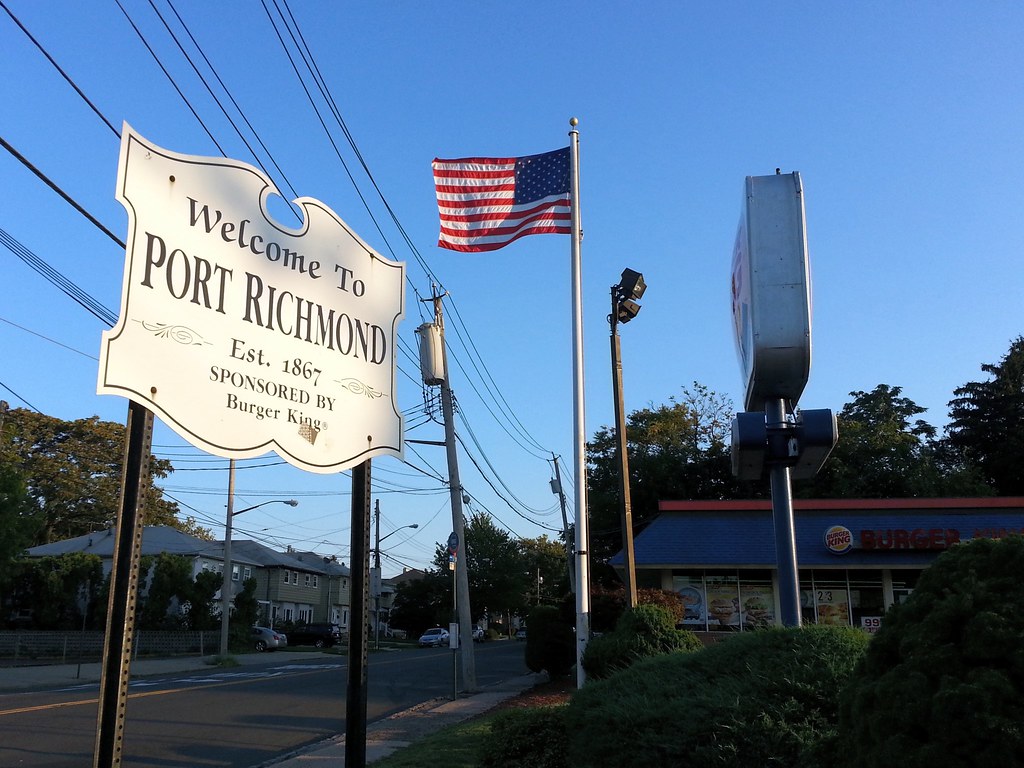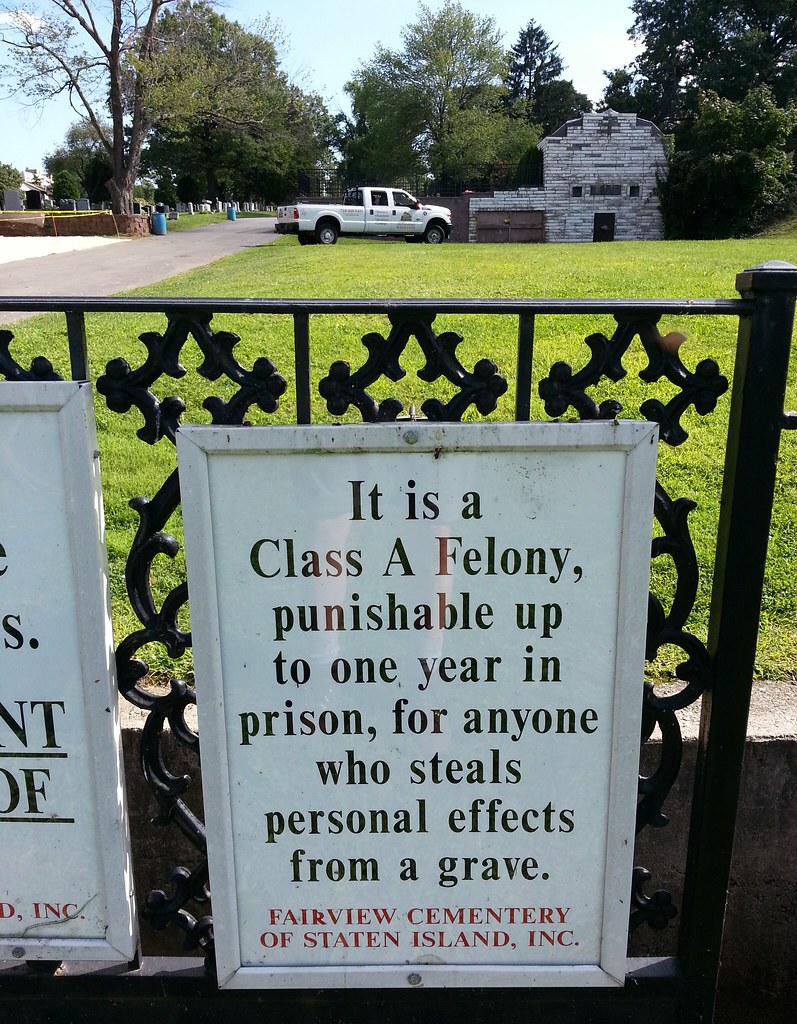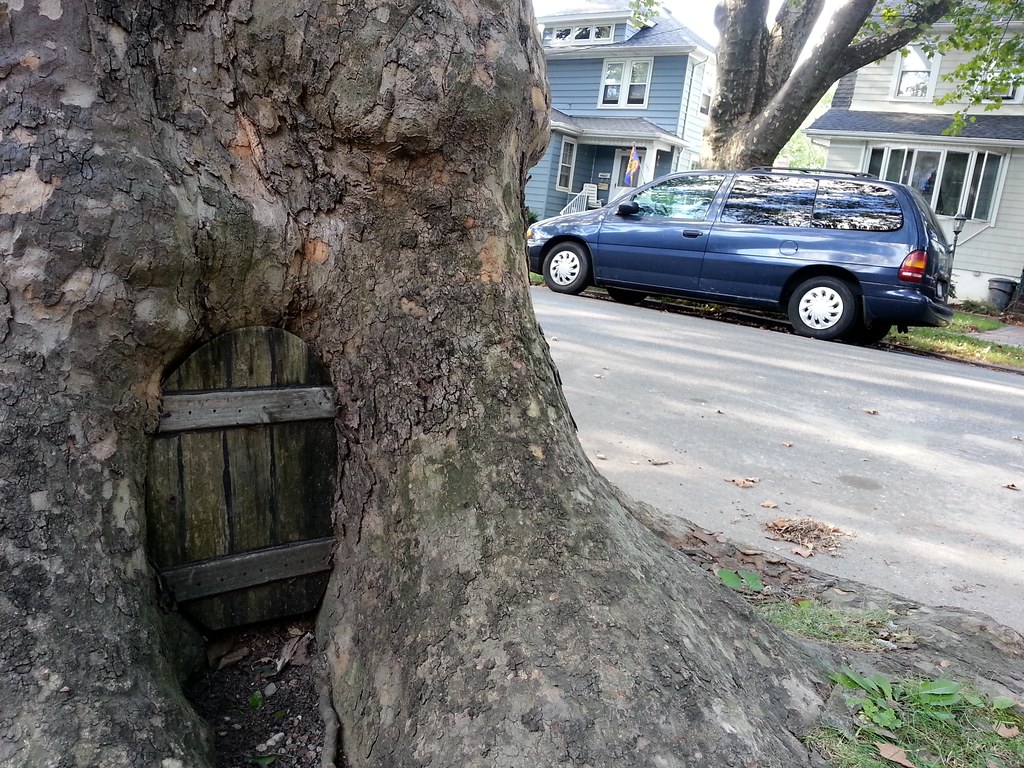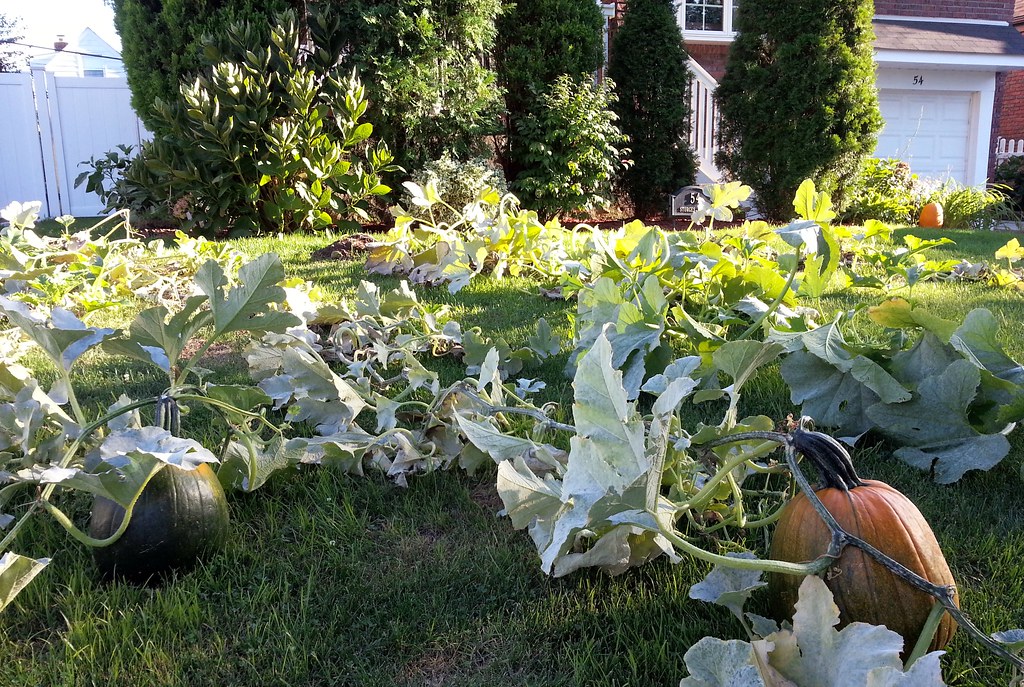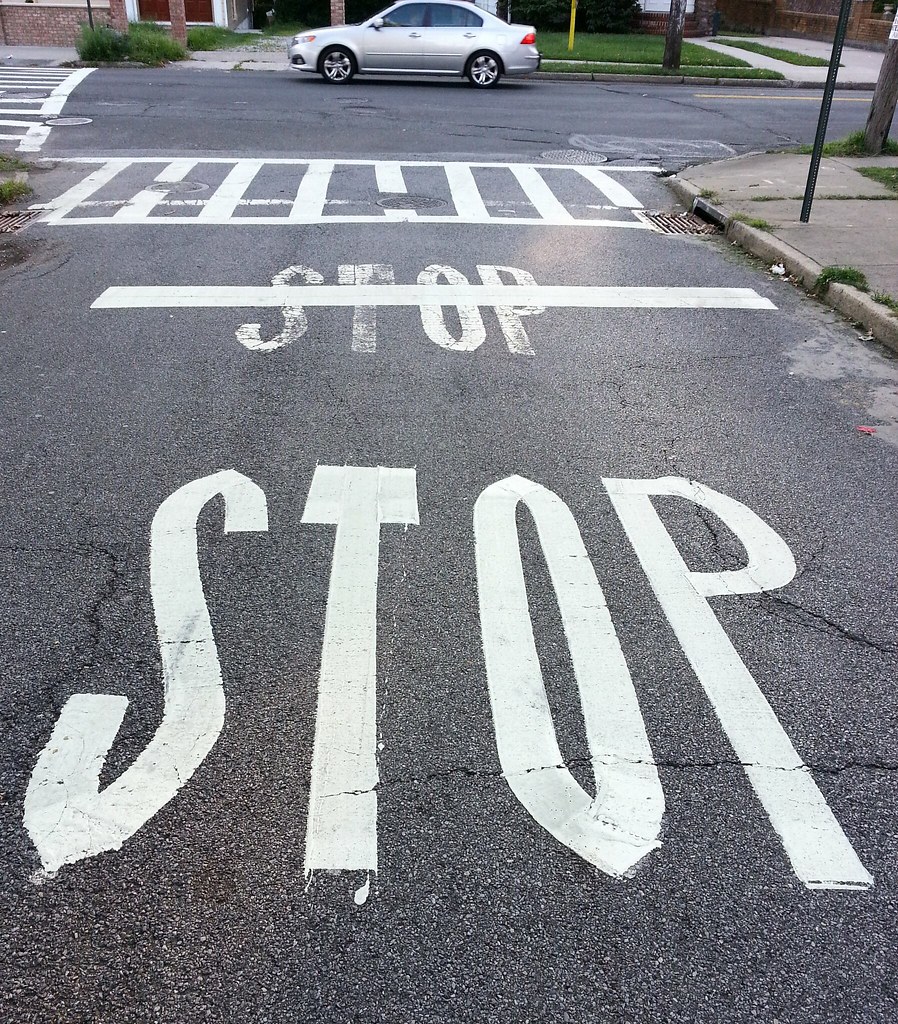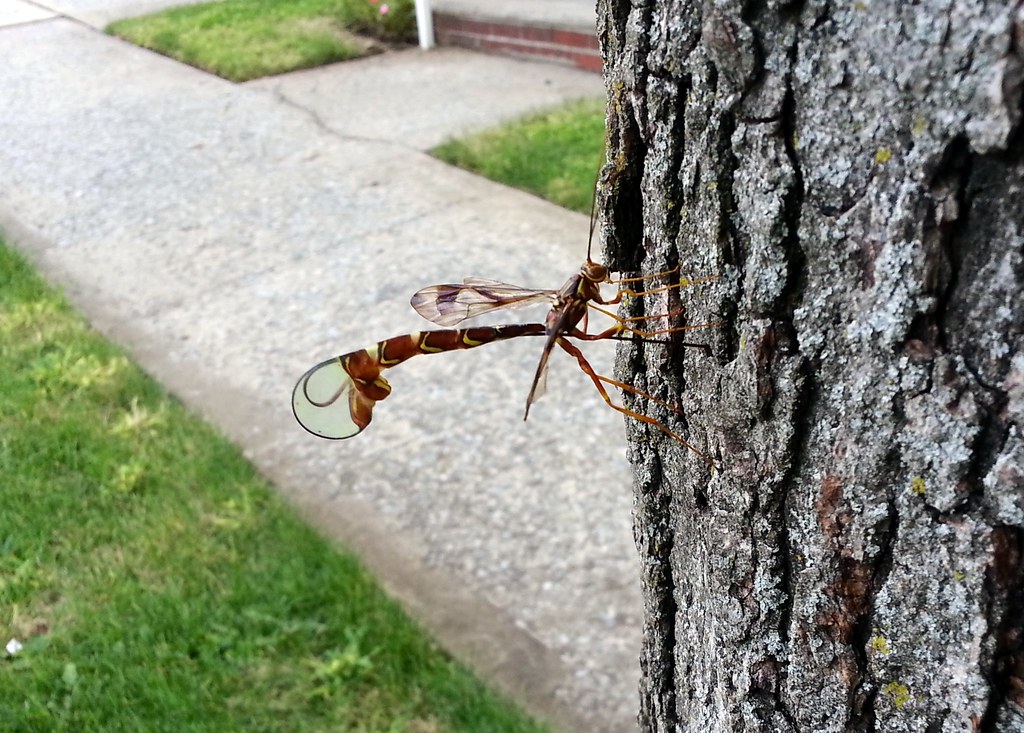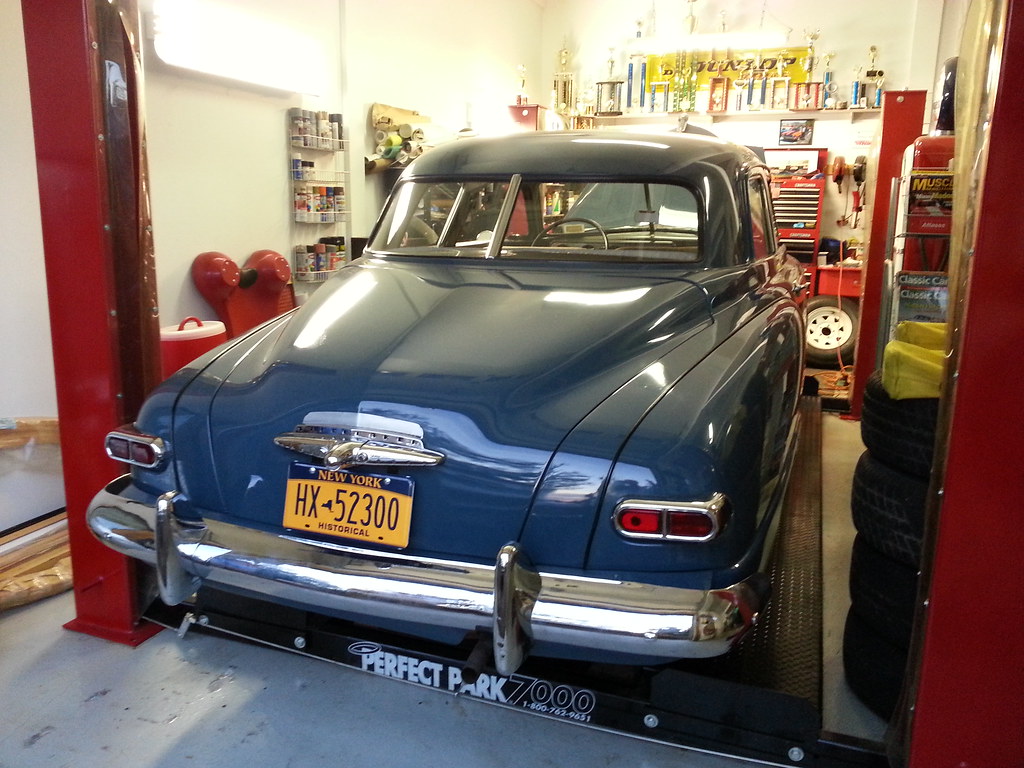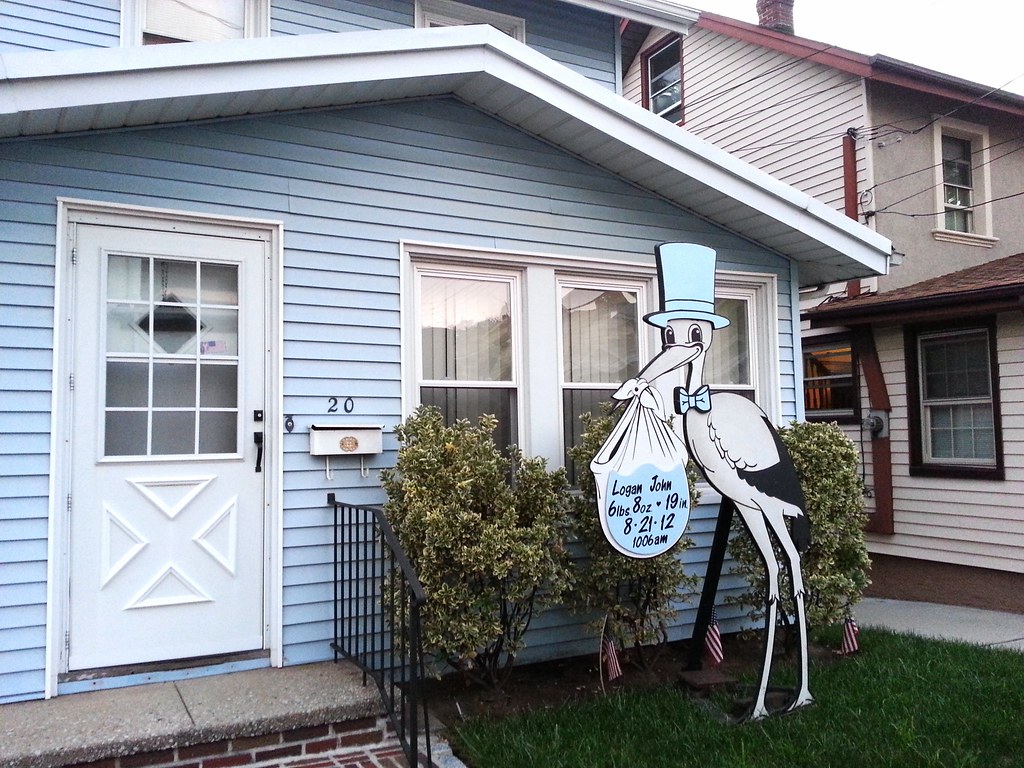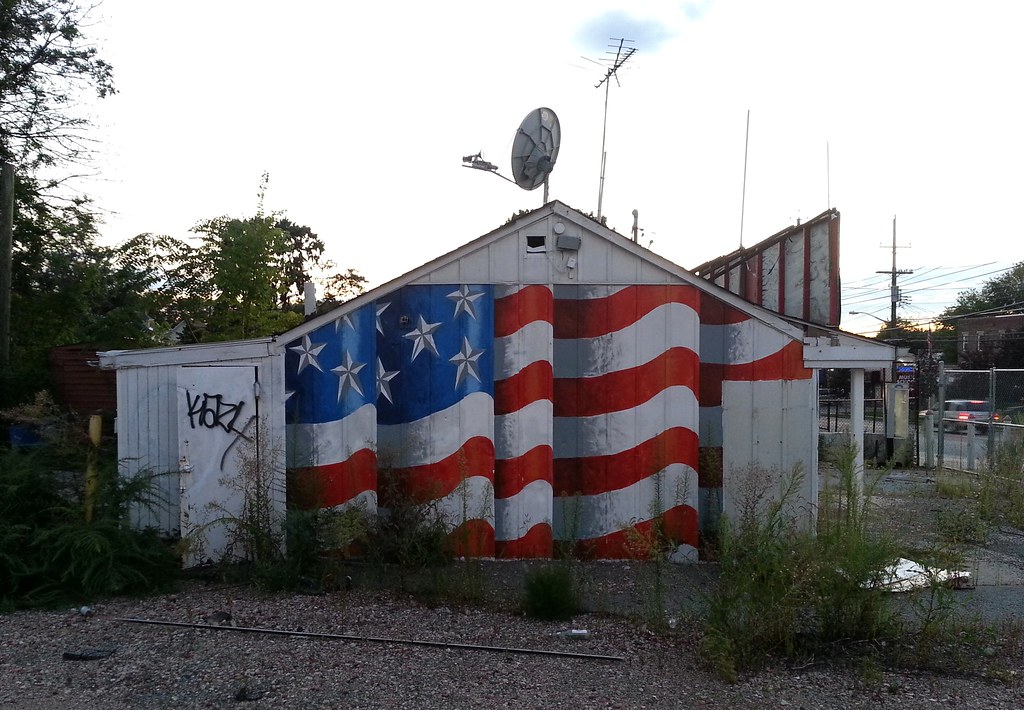
1 Pendleton Place ain't too shabby either.
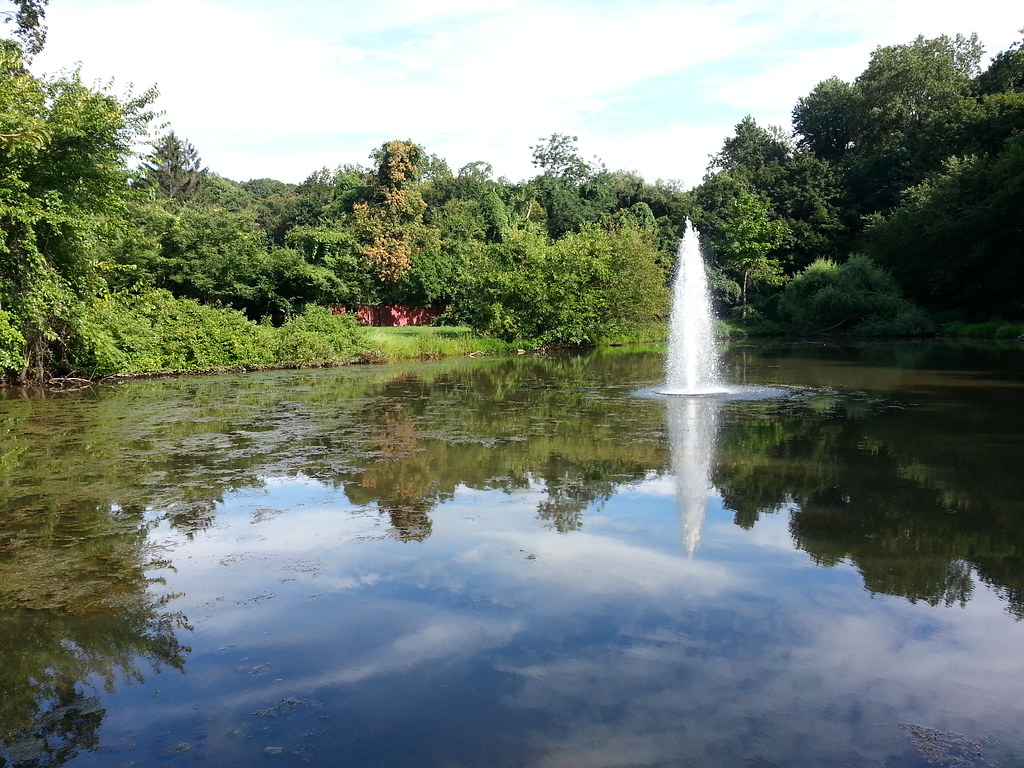
Until the 1930s, this pond was part of the water supply for the nearby Sailors' Snug Harbor.

Known as Monkey Hill (you'll see the hill in two upcoming photos), this is the final resting place of more than 9,000 "aged, decrepit and worn-out" seaman who once called Snug Harbor home.
But where are all the graves? The guy cutting the grass told me the brass nameplates that once served as grave markers were removed after people starting stealing them to sell as scrap metal.
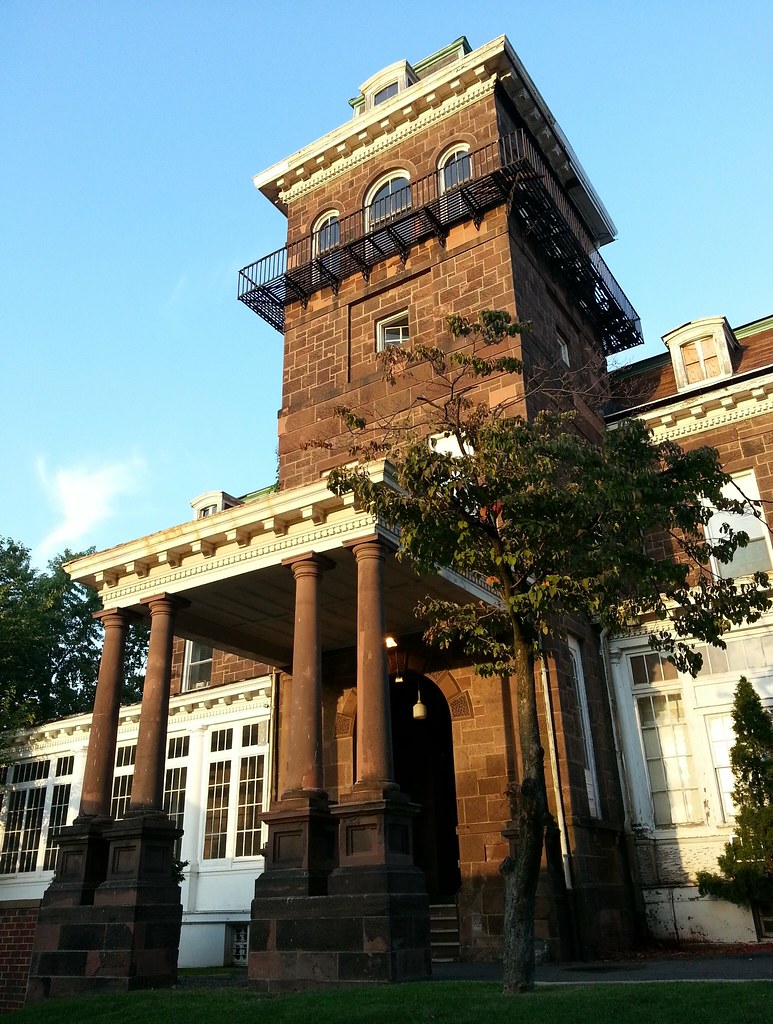
It's said that Ulysses S. Grant was once interested in making this estate his post-presidency retirement home, but his wife vetoed the move after being attacked by a swarm of mosquitoes during a visit. Years later, in 1903, it became the new Staten Island branch of St. Vincent's Hospital; it's now part of Richmond University Medical Center.

Perhaps Jesus and Mary were forced out here when St. Vincent's Hospital became the non-religiously affiliated Richmond University Medical Center (although there are still a fair number of crosses hanging around).
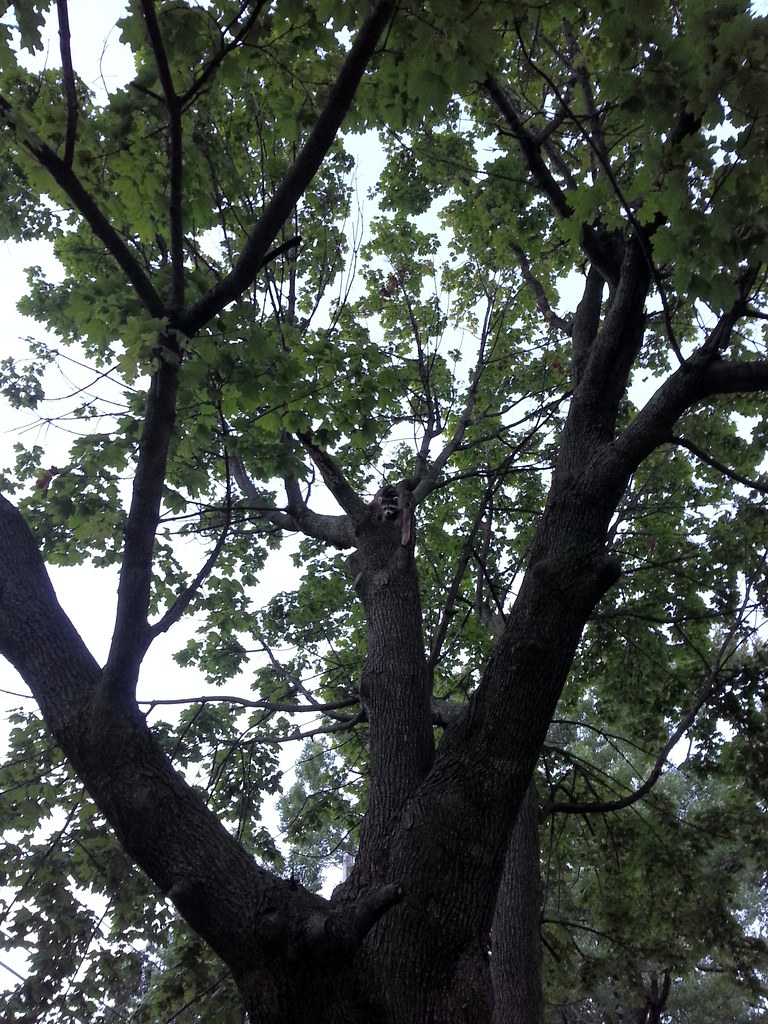
The mother's face is visible in this image; you'll have to zoom in to see the baby's butt.

Founded in 1907, it's not to be confused with the massive synagogue of the same name in Manhattan.

The city's been trying to get rid of these often overlooked alarm boxes for years, but the courts have yet to cooperate. (Although, as we've seen, plenty of boxes have in fact been abandoned.)

The stone here is actually diabase, not granite, but I guess the two are easy to confuse. Either that, or none of the 19th-century residents of the area wanted to live in a place called Diabaseville. The quarry is now officially a park, and is on its way to looking like one.
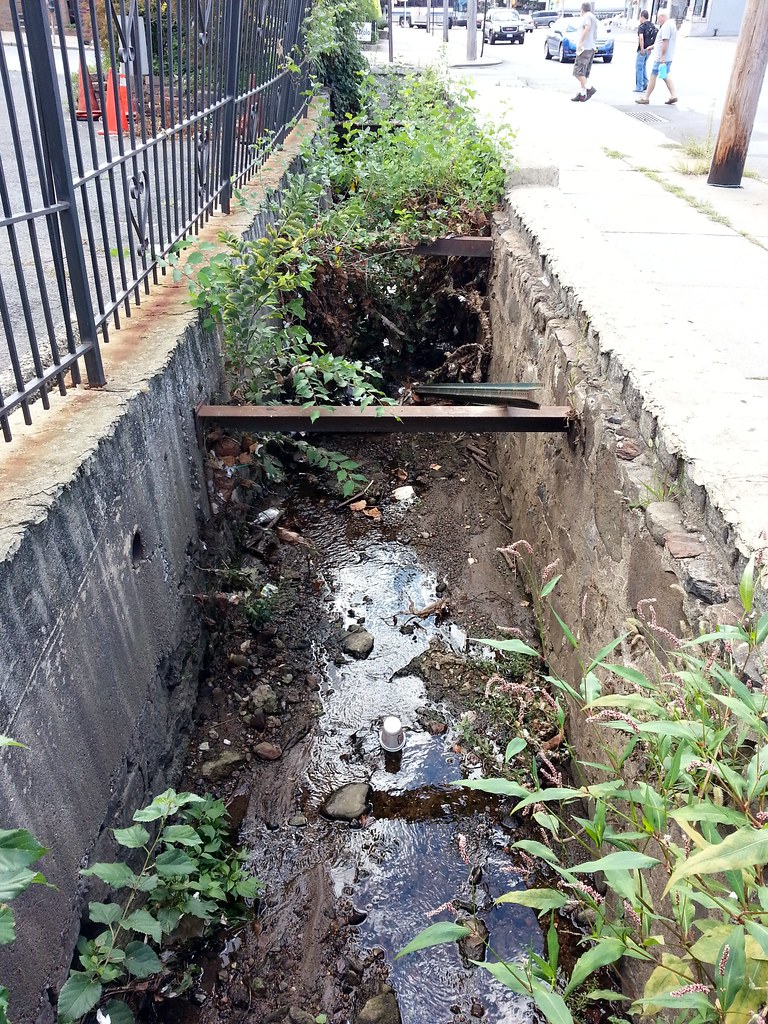
This mostly subterranean tributary of Palmer's Run catches some daylight for about 60 feet as it runs alongside the aptly named Water Falls Italian restaurant.
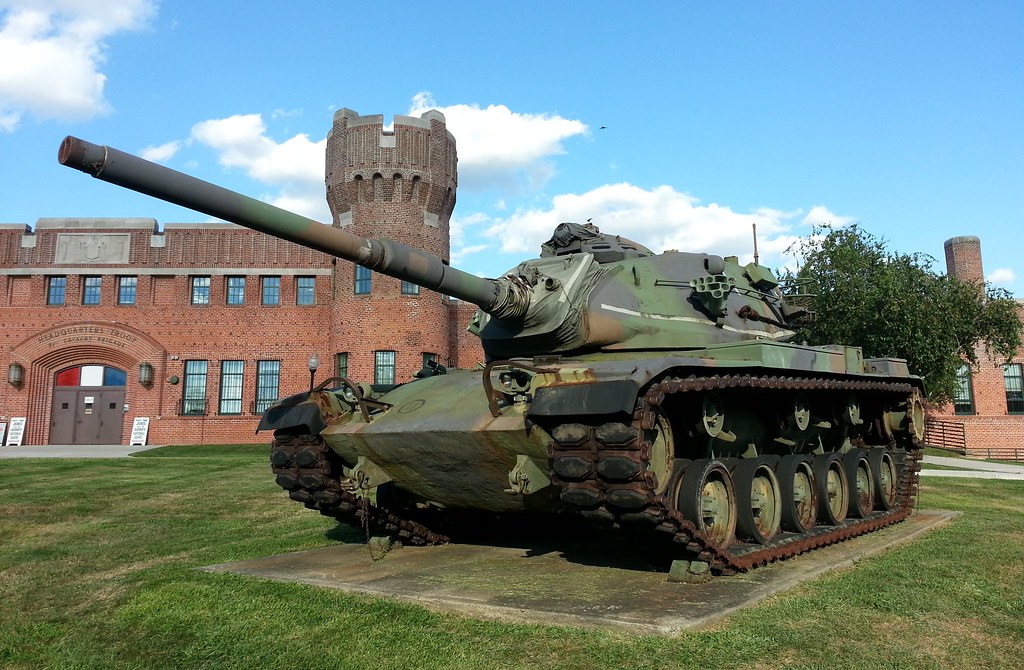
As recently as 2005, however, there were active tanks stationed here at the Manor Road Armory.
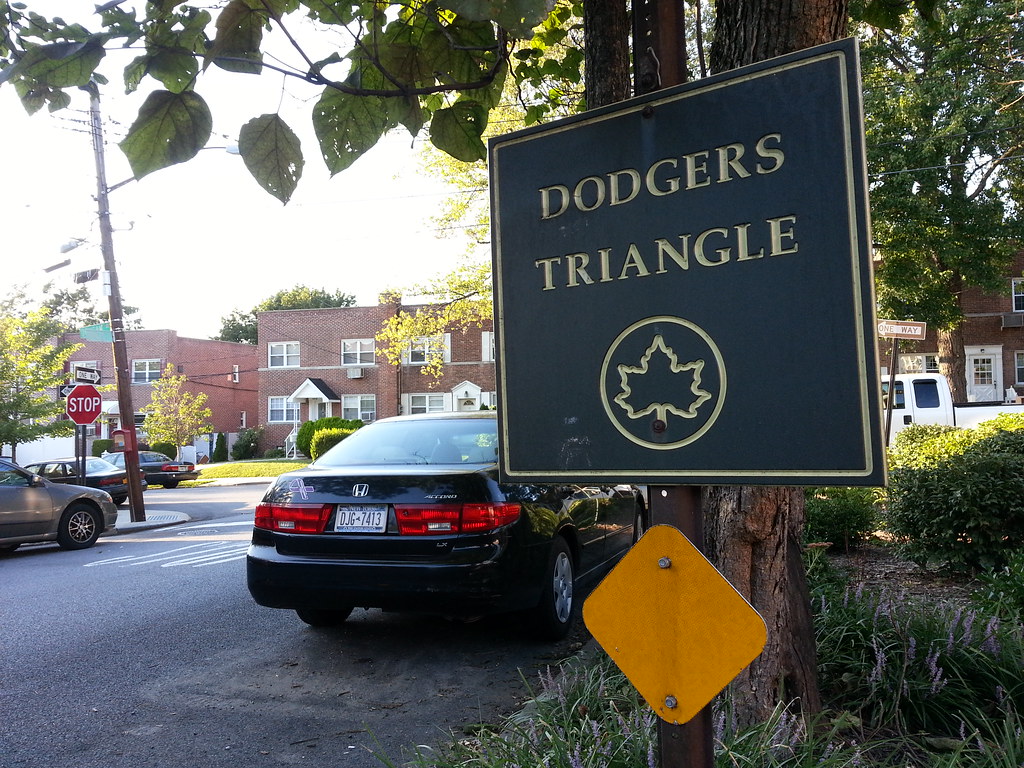
This little parklet is so named because it is bounded on one side by Hodges Avenue, which calls to mind — but otherwise bears no relation to — Dodgers legend Gil Hodges (whose grave we visited back in January). This sounds like a classic Henry Stern move; he similarly gave the name "Old Hickory" to a Long Island City park on Jackson Avenue, which is named for John C. — not Andrew — Jackson.
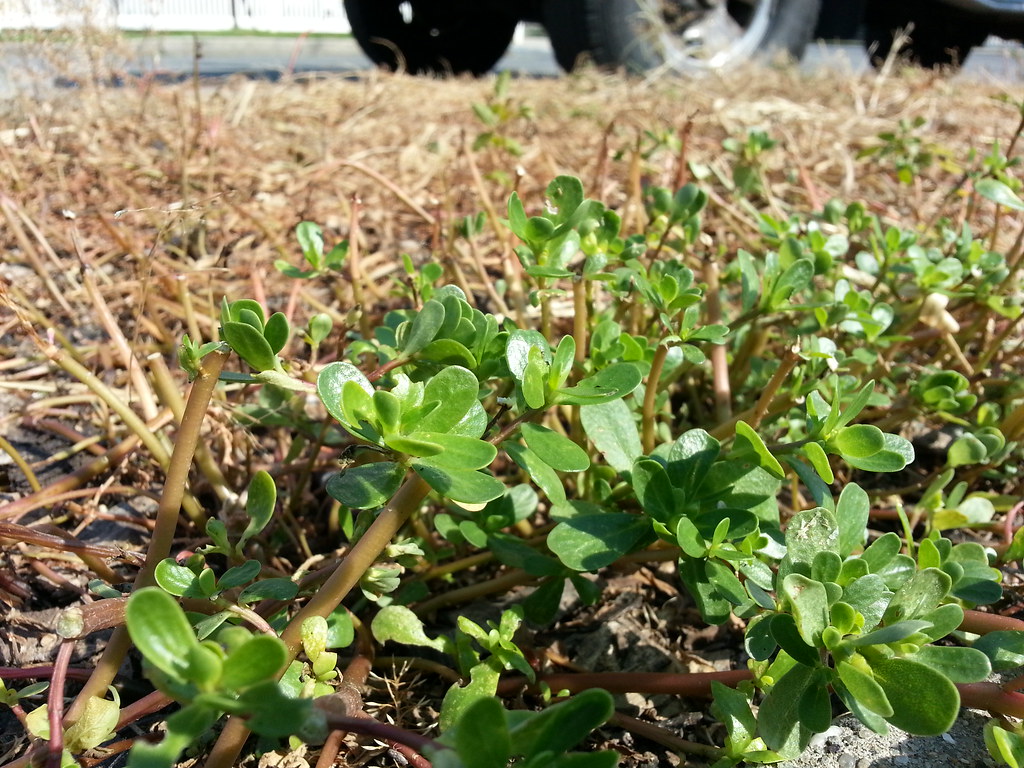
Purslane is both a "noxious weed" that enjoys taking over Staten Island traffic medians and a "superfood" that can be found on the menu at high-end restaurants.
Also, I would be remiss if I didn't mention that the Malawian name for this fleshy, succulent plant translates to "the buttocks of the wife of a chief".

of this.
The octagonal sign on the tree reads: "This Home Protected by The BLOOD of JESUS / Perimeter Monitored 24 Hours / Revelation 12:11"
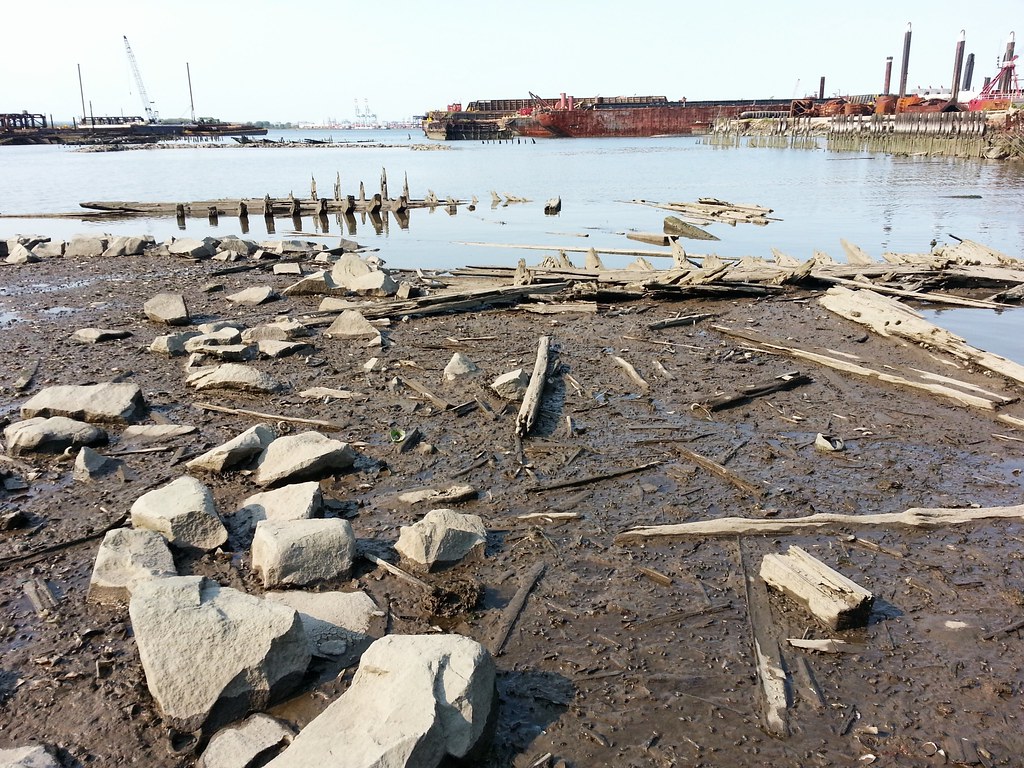
Located at the southern end of Newark Bay, this undeveloped park (I didn't even realize I was standing in a park until I looked at my map) is one of the very few points of public access to Staten Island's industrial North Shore waterfront (take a look). The massive twin cranes way off in the distance belong to the Port Newark-Elizabeth Marine Terminal, the metropolitan area's main container ship facility.





